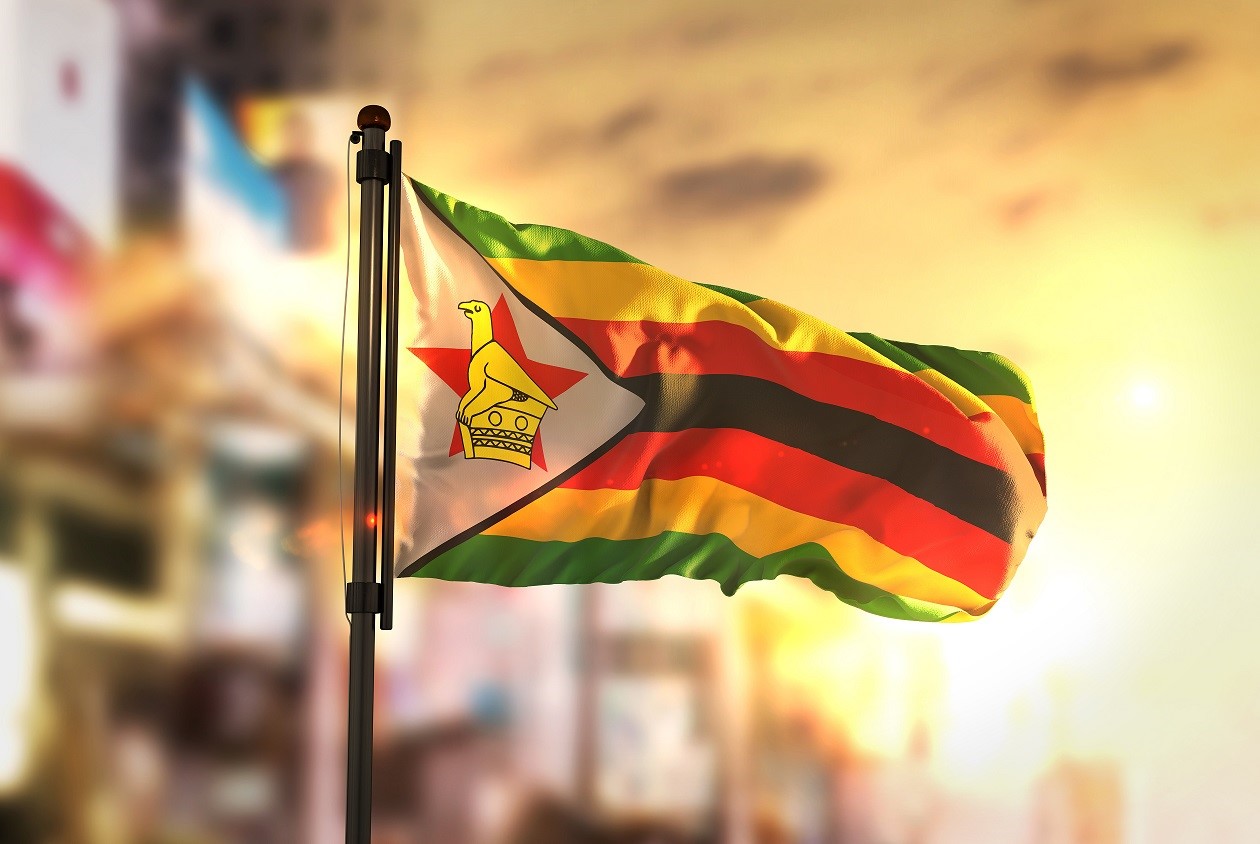
WE HAVE said much about the culture of food among the Ndebele people. Like all people the world over the Ndebele eat certain foods which are typical to them and they prepare their food in their special Ndebele way.
For example we have seen that meat is their main food, cooked or roasted. We mentioned that typical Ndebele roast is done on wood charcoal. The meat is usually under-done so that it is eaten with some blood still oozing or dripping from it. This is especially for men’s roast.
The Ndebele have a wide variety of foods that they eat. In their gardens they grow cereals of maize (now cultural), sorghum, nyawuthi and uphoko (I don’t know where rapoko comes from), pulses like beans, groundnuts, (indlubu) monkey or peanuts, runners like melons, pumpkins, water (sweet) melon, amakhomane, sweet potatoes; wild berries included intakubomvu, isigangatsha, umtshekisane, ububese, umpumpulwane, umviyo, umabotho, umdlawuzo, umhagawuwe, umtshwankela, umkhuna and many others. Some of these are regional in that those found in Nkayi may not be found in Beitbridge district, or as umbumbulu is typical of the Matopo Hills it is not found in the Plumtree districts of Bulilima and Mangwe.
Fruits include uxakuxaku, umhlali, umkhemeswana, umwawa, marula (amaganu) umkhiwa; roots like isadloli, isadenda, igonsi, iminyela, umqwente and so on. Meat sources include animals and insects. Animals not eaten by the Ndebele include all flesh eating animals, zebra, donkey, horse, baboon, monkey and other small animals like iduha, iqaqa, inungu, inkakha, igundwane and such other things. Insects eaten are locusts, but not intothoviyane and umkhonya.
Worms included amacimbi mostly awephane, but also awegonde lawenondo. This suggests that creatures are also culturally selective of their food.
There are other vegetable relishes apart from ulude, imbuya, umadoyi, ibhobola and so on and they also eat a variety of mushrooms. They also eat different kinds of honey like bees honey, imbongolwane, ibhotshi, ingongomtshane.
Milk products play a major role in the Ndebele diet . Children and boys drink milk usually fresh from the cow.
Men and women generally do not drink fresh milk but they may relish their isitshwala with it if there is no other form of relish (bayavuba ngochago olululuhlaza). There are several milk products , the most favourite being amasi . This is commonly called sour milk. Milk is eaten in various forms of thickness; ihiqa, izankefu.
- Chamisa under fire over US$120K donation
- Mavhunga puts DeMbare into Chibuku quarterfinals
- Pension funds bet on Cabora Bassa oilfields
- Councils defy govt fire tender directive
Keep Reading
In the traditional setting it is eaten as a relish with isitshwala and as a family treat with umcaba. Nowadays you can eat it with crumbs of bread or other commercial cereals. Umlaza is given to dogs, but boys qunga it (milk direct on to it in a container to get umqungo ( curdled milk ).
Cream is an important by-product of milk for cooking and also for manufacturing body lotion. Mention should be made also of special traditional meat cuts and favoured parts. Ezangaphakathi (entrails ) include the favourites: liver with impundu, ulusu with umthala, amathumbu amakhulu, amalulu, amadilikelana, umtshaza, inhloko (head) is for men and they cook it for themselves.
There are also special cuts for women, such as isibindi other than impundu, ungiklane (brisket), amathumbu amancinyane. The rest of the other parts are for everybody with minor exceptions). Meat is cooked by roasting or boiling. Some people eat some parts raw: isibindi, ithwane, umthala, ubende. Sometimes a big chunk of meat is cooked until it is very tender.
It is allowed to cool and then eaten by slicing it , each person for himself. This was very popular and was called isikhupha. The expression ukubekela isikhupha means to lay–by something for a more favourable time.
The Ndebele ate both fresh food and preserved food. Fresh food consisted of fresh produce from the fields and gardens during the summer. In times of good rains they grew lush fields with pumpkins, amakhomane, amazambane, indlubu and indumba.
These were eaten in various forms, but usually they were cut up in chunks and boiled (pumpkins and amakhomane). Indlubu and monkey nuts were boiled with their skins and the nuts shelled as one ate. Monkey nuts could also be roasted with their skins.
Pumpkin leaves provided a nutritious dish of relish (ibhobola) to accompany isitshwala, as also did leaves of beans. Also in summer there was plenty of wild fruits that could be picked and collected for eating. So in the summer people’s bodies were healthy, plump and smooth (ijwabu libutshelezi).
Excess that was collected was stored and preserved for winter or for times of drought. Special storage huts called isiphala were built to store grains. These were specially sealed against the elements and pests. Special huge baskets (isilulu) were constructed for storing grain and sometimes these baskets were perched on wooden platforms (ingalane) for protection against animals and ants.
Umncantsha is a term for food (grain) that was preserved in a pit in the cattle pen and then covered completely to exude air and rain. Vegetables were preserved by boiling them and drying them in the sun. They were then collected and stored in a basket, an earthen pot and iqhaga.
Meat was cut up in strips (ukubenga) and hung in the sun (on tree branches, on a fence, on a string line ) to dry up and then preserved as umhwabha. Umbengo is a strip of fresh meat cut for roasting. When you went on a journey you carried food with you to eat on the way.
This was called umphako. Usually it was inkobe of boiled grain (amagwadla or uhayezi) mixed indlubu or amazambane ).










